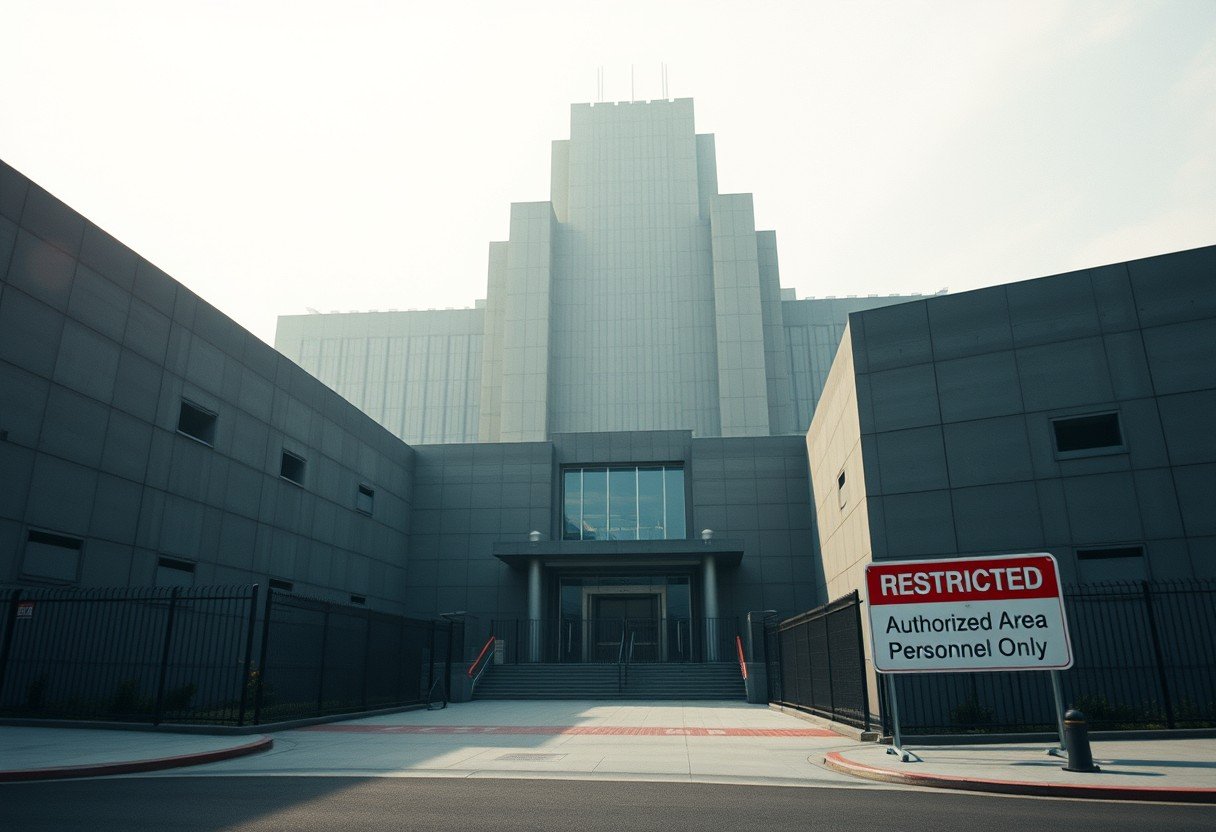No, Etsy is not free to use for sellers. Etsy is a global marketplace where you list and sell handmade, vintage, and craft items, and you pay a few types of fees when you list and when you sell. Fees apply whenever a listing goes live or a buyer checks out, and they vary by country and your ad choices. Knowing each fee helps you price right and protect profit.
What Etsy Is and How Seller Fees Work
Etsy is an online marketplace built for unique goods. It connects independent makers with buyers who want custom and creative items.
Etsy charges sellers for listing items, processing payments, and completing sales. Ads and extra services can add more costs.
Understanding each fee type is the fastest way to price with confidence and avoid surprises.
Most fees are taken from your earnings automatically in your Payments account. You can view fee details for every order in Shop Manager.
Listing Fees and Renewals
Every time you publish a listing, Etsy charges a listing fee. The standard fee is 0.20 dollars per listing.
A listing is active for four months. If an item does not sell in that time, you can renew it for the same fee.
If your listing has quantity more than one and you sell one unit, the listing auto renews and charges another 0.20 dollars for the next unit.
High listing volume can add up, so track how many active listings you carry at once.
Transaction Fees and Shipping Charges
When you make a sale, Etsy charges a transaction fee. The rate is 6.5 percent of the item price plus any shipping and gift wrap you charge the buyer.
This fee is taken per order line item at checkout. It applies whether you ship local or international.
Discounts reduce the sale price. That means the 6.5 percent is calculated on the lower amount after coupons or sales.
Always include the 6.5 percent in your pricing math to keep your margin safe.
Payment Processing and Currency Costs
Etsy Payments handles most checkouts. You pay a payment processing fee that includes a percent of the order plus a small fixed amount.
Rates depend on the country where your shop is registered. In the United States, many sellers pay about 3 percent plus 0.25 dollars per order. Other countries may see about 4 percent plus a fixed local fee.
If your listing currency and your deposit currency are different, Etsy may charge a currency conversion fee, often about 2.5 percent on the converted amount.
Check your country specific fees in your Payments settings so you quote accurate prices for your market.
Advertising on Etsy: Etsy Ads and Offsite Ads
Etsy offers two paid ad options that can raise visibility. Use them only when your margins and conversion rates support the spend.
Etsy Ads is a cost per click program that shows your items in Etsy search and other spots. You set a daily budget and pay for clicks.
Offsite Ads promote your listings on sites like Google and social platforms. You only pay a fee on an order if the buyer clicks an offsite ad and buys within a set window, often 30 days.
- Etsy Ads cost varies by click price and your daily budget
- Offsite Ads fee is usually 15 percent for shops under 10,000 dollars in 365 day sales, and 12 percent once you exceed that level
- For higher volume shops, Offsite Ads may be required by Etsy
Test ads in small budgets first and scale only when each click earns more than it costs.
Other Costs Sellers Often Miss
Many shops lose margin due to small fees that are easy to forget. Plan for them from day one.
Some countries have a regulatory operating fee on each order. Etsy may also charge VAT or similar taxes on seller fees in some regions.
Shipping labels, packaging, and returns affect your bottom line. Build a simple cost sheet for every product so nothing is left out.
- Packaging supplies like boxes, mailers, tape, padding, inserts
- Shipping label costs and rate changes during peak seasons
- Taxes on fees and possible bank or payout fees from your provider
Small add ons can erase profit if you do not track them per item.
Quick Reference: Common Etsy Seller Fees
Use this table as a snapshot before you set or change prices.
| Fee type | Typical rate | When it applies | Key notes |
|---|---|---|---|
| Listing fee | 0.20 dollars per listing | When you publish or renew a listing | Active for four months, auto renew on multi quantity sales |
| Transaction fee | 6.5 percent | On each sale | Calculated on item price plus shipping and gift wrap |
| Payment processing | Varies by country | On each order paid through Etsy Payments | Often about 3 percent plus 0.25 dollars in the US |
| Currency conversion | About 2.5 percent | When Etsy converts currencies | Avoid by matching listing and deposit currency if possible |
| Etsy Ads | Cost per click | When buyers click your ads on Etsy | Daily budget control, price per click varies |
| Offsite Ads | 12 percent or 15 percent | Only if a sale comes from an offsite ad click | Rate depends on your last 365 day sales volume |
| Regulatory fee | Varies by country | Per order in some regions | Shown in your monthly statement if it applies |
Price Your Products With Profit In Mind
Great pricing covers costs and pays you for time and skill. A clear formula keeps you consistent across your catalog.
Start with materials and labor. Then add packaging, shipping, and all Etsy fees for a typical order size.
- Base cost equals materials plus labor per unit
- Overhead equals packaging plus shipping label plus tools and shop costs
- Marketplace fees equals listing plus 6.5 percent plus processing fee
Target a final price that delivers your desired margin after every fee is paid.
Review prices often. Update when your costs, ad strategy, or conversion rates change.
Worked Example: Fee Impact On A 30 Dollar Item
Here is a simple example to see how fees affect take home earnings.
| Item | Amount | Notes |
|---|---|---|
| Sale price | 30.00 dollars | Buyer pays item price |
| Buyer shipping | 5.00 dollars | Charged to buyer |
| Transaction fee 6.5 percent | 2.28 dollars | 6.5 percent of 35.00 dollars |
| Payment processing | 1.15 dollars | Example US rate 3 percent plus 0.25 dollars |
| Listing fee | 0.20 dollars | Per listing |
| Net before product costs | 31.37 dollars | 35.00 minus fees above |
If your materials, labor, and packaging total 18 dollars, your profit is 13.37 dollars. Adjust your price or shipping rules if this margin is too thin.
Run this math for every product so you always know your true profit.
Tips To Reduce Costs And Protect Margin
You cannot avoid core fees, but you can lower their impact with smart shop habits.
Bundle products to lift average order size. A higher cart value spreads fixed fees like listing and processing across more items.
- Offer free pickup or local delivery where allowed to reduce shipping
- Buy shipping labels with the best service level for your package size
- Use variations under one listing to limit extra listing fees
Watch ad spend closely. Pause ads on low converting listings and double down on proven winners.
Track fees in a simple spreadsheet each month to spot trends early.
Frequently Asked Questions
Is it free to create an Etsy account?
Yes, signing up is free for buyers and sellers. You only start paying fees when you publish listings and when orders are processed through your shop.
How much is the Etsy listing fee and how long does it last?
The listing fee is 0.20 dollars per item. A listing stays active for four months or until it sells, and multi quantity listings renew per unit sold.
What is the Etsy transaction fee on a sale?
The transaction fee is 6.5 percent of the item price plus any shipping and gift wrap charged to the buyer. Plan for this fee in every price you set.
What are typical Etsy payment processing fees?
Processing fees depend on your shop country. In the United States many sellers pay about 3 percent plus 0.25 dollars. Other regions have different percent and fixed amounts.
How do Offsite Ads fees work?
You pay the Offsite Ads fee only when a buyer clicks an offsite ad and orders within a set window. The fee is usually 15 percent for shops under 10,000 dollars in annual sales and 12 percent for shops above that mark.
Does Etsy charge a fee on shipping I collect from buyers?
Yes, the 6.5 percent transaction fee applies to the item price and the shipping amount you charge. This is why accurate shipping rates and smart packaging matter.
Are any fees refunded if I cancel or refund an order?
Some fees may be reversed on full refunds, but not all. Check each order in your Payments account to see which fees were credited back in your country.









Leave a Comment